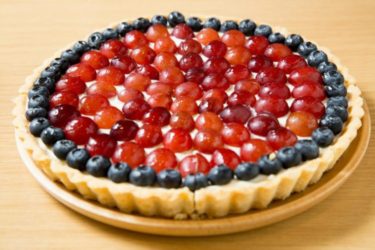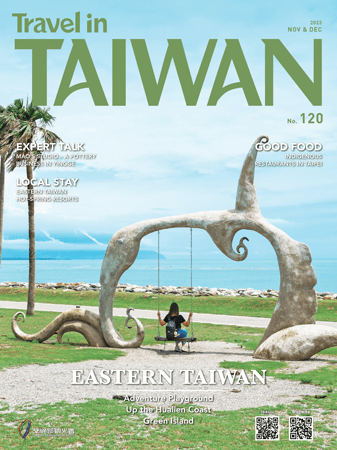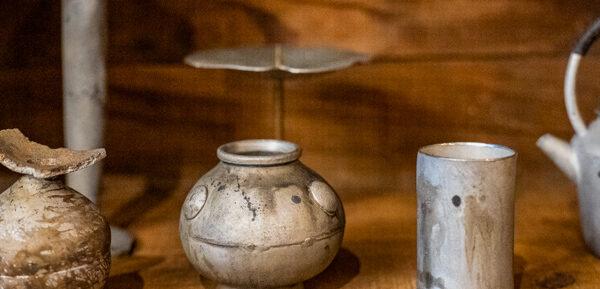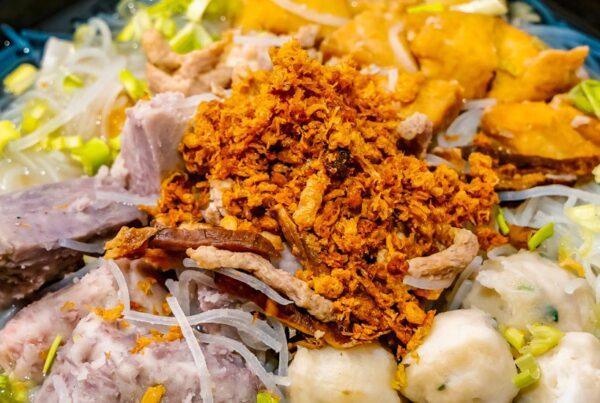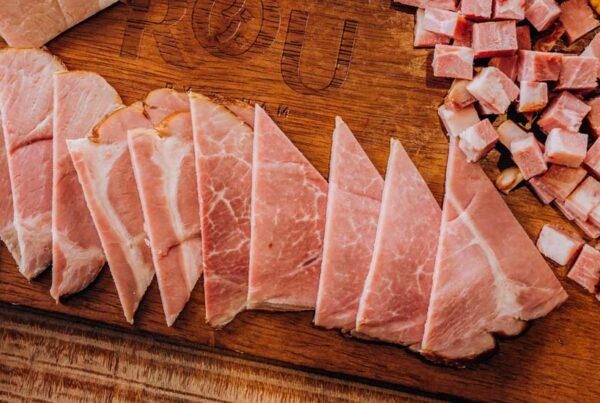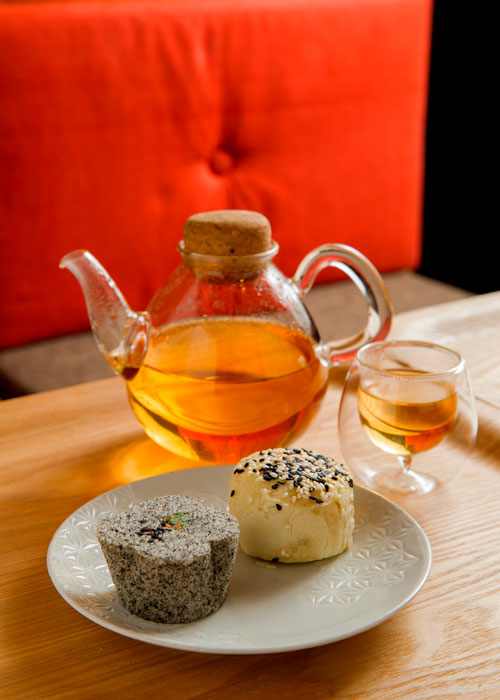
Let’s try some of the best traditional Taipei Cakes!
Sweet and exotic treats await you at traditional-confection makers, such as Hoshing 1947, located in the old neighborhood of Dadaocheng.
Text: Dana Ter; Photos: Maggie Song
Taro balls, tofu pudding, pineapple cakes, herbal jelly, glutinous-rice dumplings – traditional sweet-treat choices in the Taiwan capital are endless and diverse. Lately, however, Western-style bakeries and confection shops with attractive window dressing have begun to rival food stands and shops in wholesale markets. To remedy this, small dessert-shop owners are revamping many traditional Taiwanese confections by simplifying the flavors and making them more palatable to younger customers and foreign visitors. Another way they have chosen to go is adding fruits to sweet treats to appeal to the more health-conscious.
Taipei Treats: Hoshing 1947
A thriving commercial port for international trade in the late Qing Dynasty, west Taipei’s Dadaocheng still buzzes with activity these days. As I stroll past narrow-front two-story shophouses and watch people sipping tea on stools outside, I imagine that much hasn’t changed in over a hundred years. Many owners operate businesses on the ground floors and live on the upper floors. A common sight is clothes hung up on street-facing balconies to dry. Today new-style enterprises are being opened in the area, including arts and crafts stores, cafés, and craft beer pubs, but the architecture is resolutely 19th-century, a blend of Baroque, Japanese, and southern Chinese influences – lasting legacies of imperial and colonial times in Taiwan.
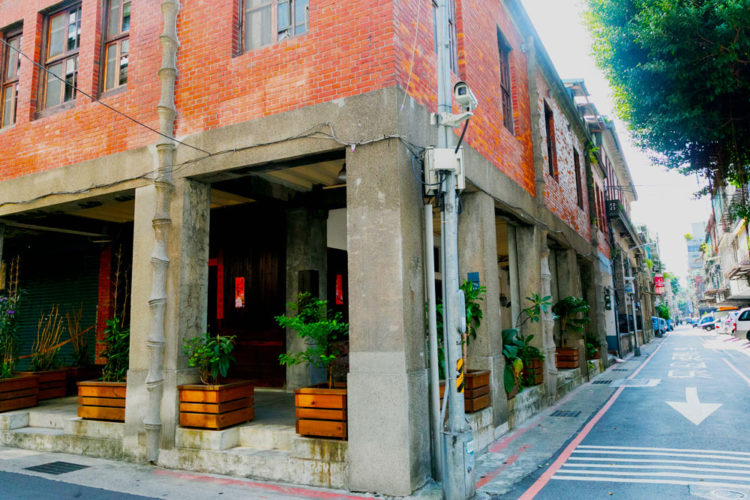
Dadaocheng Street
I walk down Dihua Street – a popular street known for heritage shops selling sweets and other regional specialty goodies before the Lunar New Year – and encounter teahouses, dessert shops, and wholesalers selling dried food products. Many of the shop owners are third- or fourth-generation masters of their trades. A whiff of hazelnut beckons me into a single-story shop with a narrow façade bracketed by two red-brick pillars. Outside the shop are two old-style wooden benches and a humble red-fabric awning with the Chinese characters “合興” (“Hexing” in Hanyu Pinyin, spelled “Hoshing” here).
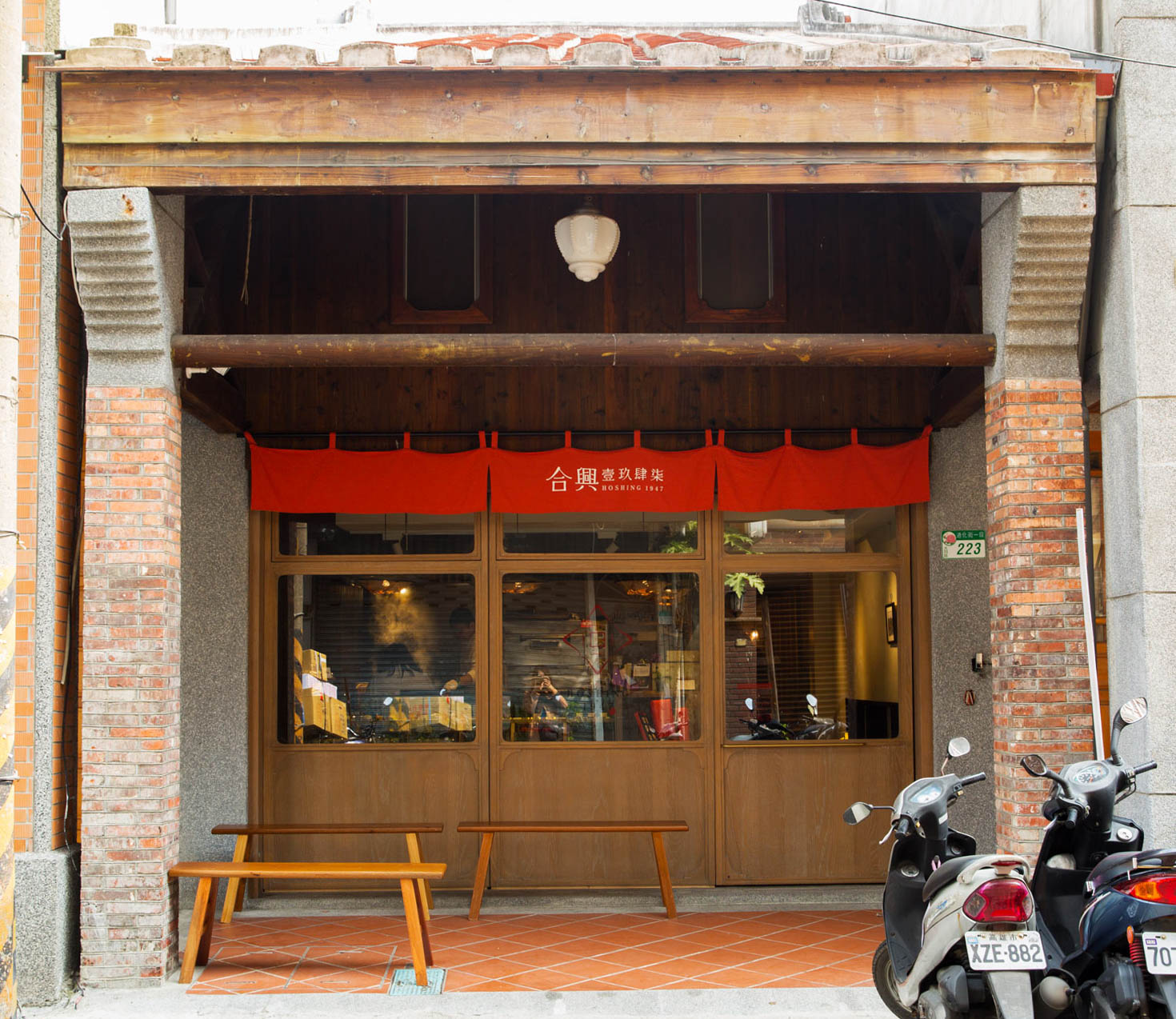
Hoshing 1947 cake shop
Pastry chefs in aprons are fitting flour, nuts, and other ingredients into a traditional wooden mold, which they then slap onto a tray for baking. Tarts, rice cakes, jelly cakes, and other delicate, bite-sized Taiwanese cakes and pastries are on display in a glass cabinet, the treasures ranging from NT$25 to NT$45 apiece.
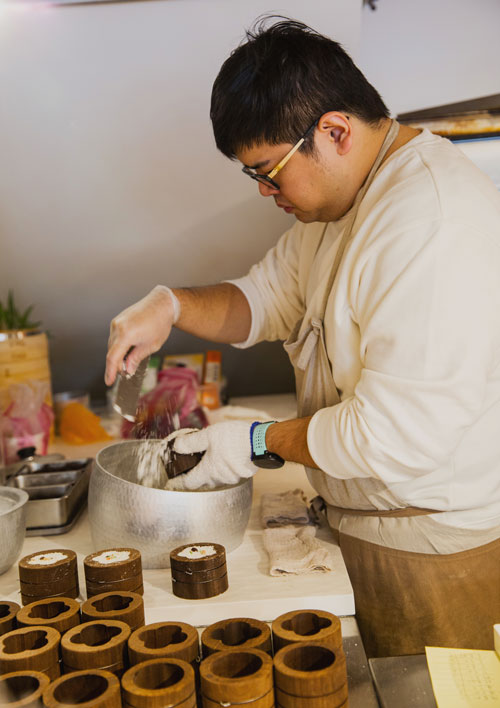
Pastry chef at work
The seating area is a compact back-of-the-shop space with red draperies that are minimalist sleek, and simple-frame tables with trays used as tops. Underneath the seats are rattan baskets for patrons to place their belongings. The owner, Ren Jia-lun, is busy serving her first customers of the morning. She apologizes for her tardiness and then, as I begin asking her questions, busies herself preparing honey-scented black tea and an assortment of pastries for me to nibble on.
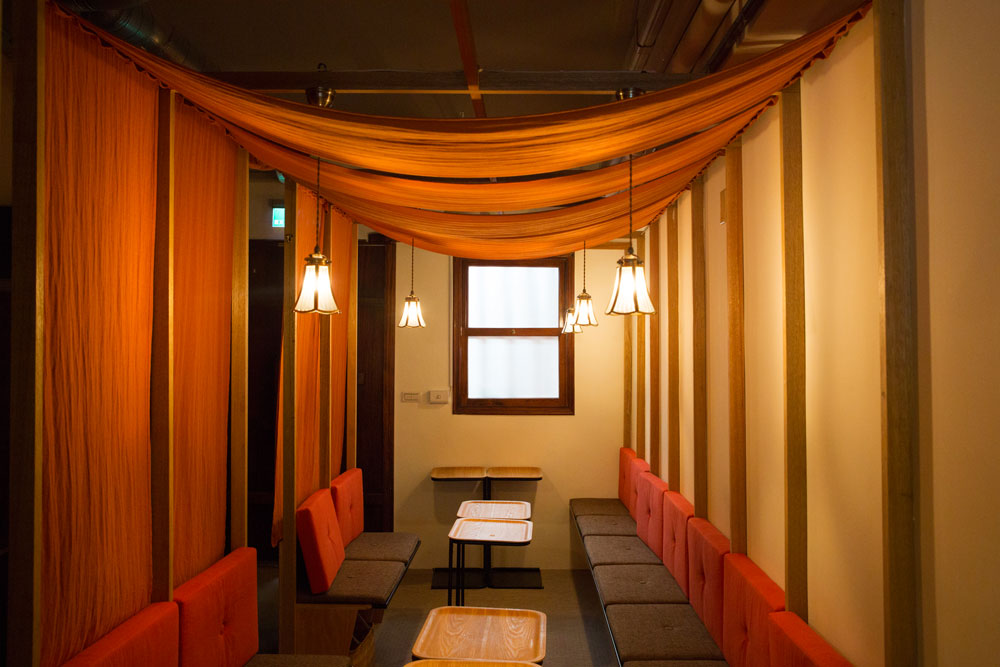
Interior design with red draperies
“When I was growing up, each year as Lunar New Year approached I would look forward to eating these kinds of treats with my family,” the third-generation pastry chef tells me. When her grandfather moved to Taipei from Shanghai in 1947, he opened a traditional-style cake and pastry shop in Nanmen Market, located just south of Chiang Kai-shek Memorial Hall. The lead-up to the Lunar New Year was always a busy time, because it was typically a time when families would buy confections in bulk to eat during the long holiday. “I would think, ‘Why can’t we eat these all year round?’” Ren laughs.
Ren has put her own spin on Lunar New Year treats, which she does indeed serve year-round in her Dadaocheng shop. A trip to Europe a few years ago inspired her to revamp her operation to make it more attractive to younger visitors. She found many small family-run shops, such as cupcake stores and even delis, to be charming, modern, and appealing. “I was surprised that young people were not ashamed of doing this kind of work,” Ren recalls. In Taiwan, young people are less willing to take over the family business. Upon returning, she convinced her mother to close the Nanmen shop. “My mother would ask me why young people weren’t coming to our shop anymore,” Ren says. “I explained that palates and tastes have changed.”
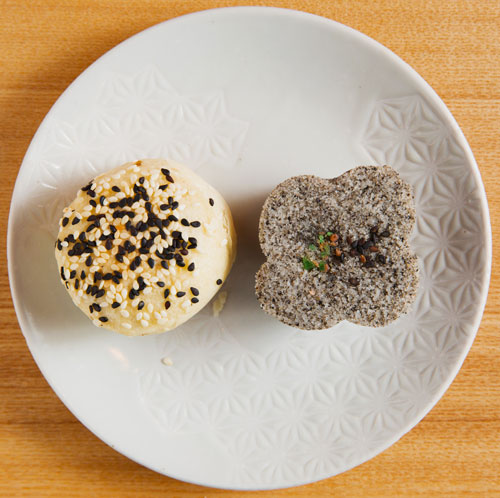
Crispy cake and sponge cake
After spending two years researching different recipes, at the end of last year Ren moved Hoshing to its present location in Dadaocheng, rebranding it “Hoshing 1947” to commemorate the year that her grandfather opened the original shop. Since the idea was to attract a younger crowd, she made sure that everything from the store’s façade down to the cake and pastry flavors and presentation was modern, yet with a tinge of nostalgia. For example, a black-and-white picture of the old Nanmen shop from its heyday in the 1950s greets customers at the entrance. “I wanted to introduce young people and foreign visitors to the history and significance of traditional desserts,” Ren explains.
The confections themselves are the result of many rounds of recipe experimentation. Ren whipped up different batches for friends to sample, and the results were clear-cut – most friends, Taiwanese and non-Taiwanese, gravitated towards offerings that were simple and not too pungent or sweet. “It was telling, because traditional Taiwanese confections are very sweet,” Ren says. “So I had to tweak the flavors to make them more appealing to customers, especially younger ones.”
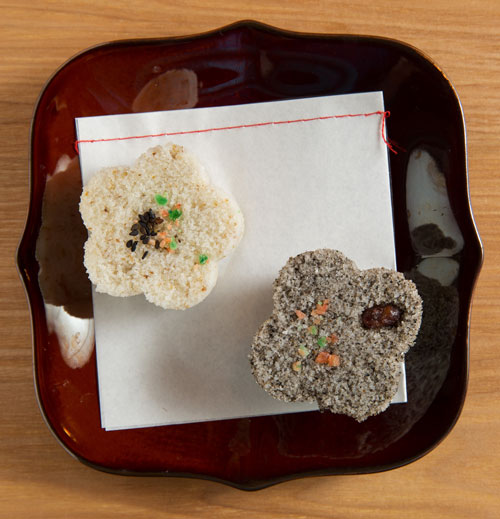
More sponge cakes made with rice
I dig into my osmanthus sesame rice cake, which has a pleasant jam-like flavor and a light, fluffy texture on the outside. Traditional cakes are made with osmanthus, which is normally very sweet, but in Hoshing’s version the sweetness is offset with a dab of sesame paste on the inside. Another delightful choice is the sesame adzuki bean rice cake. Texture-wise, it’s similar to the osmanthus cake, though grainier, and I also find it very refreshing and cooling.
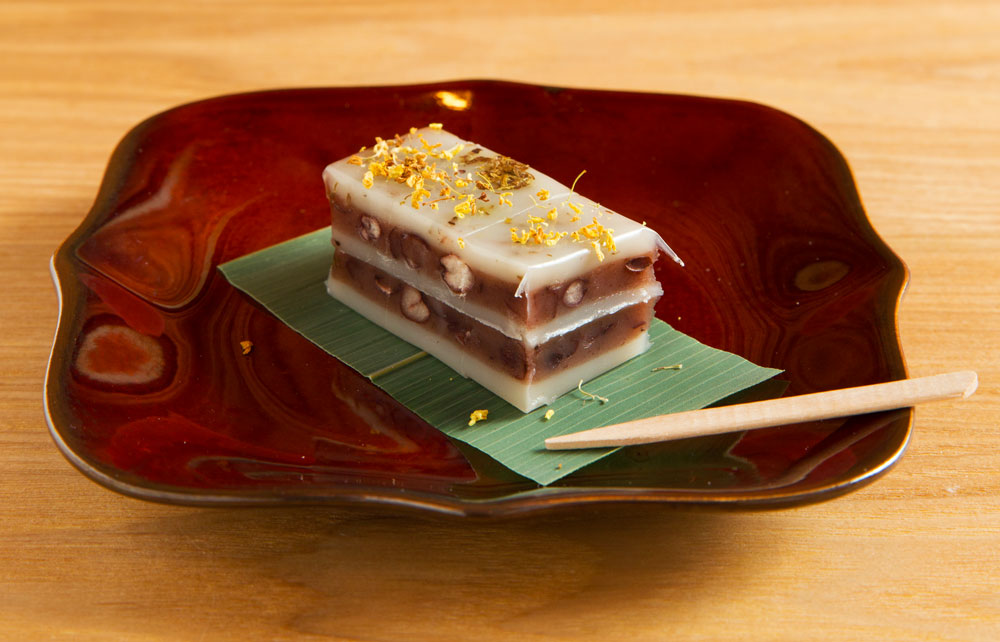
Adzuki bean cake
Next up is the hazelnut-walnut puff pastry. Be careful when eating this one, as it can get quite messy, with pastry flakes crumbling in your hand with each bite. The inside is an assortment of nuts that tastes incredibly earthy and fruity.
My favorite, however, is the seaweed puff pastry – an odd combination, I admit, but one that works surprisingly well. There are just a few strands of dried seaweed, which are barely discernable and melt in your mouth along with the crumbly pastry. Another selection that I much fancy is the adzuki bean rice cake, which is Ren’s own version of the traditional Shanghainese sweet bean jelly, in which she substitutes rice for jelly to make the cakes less saccharine.
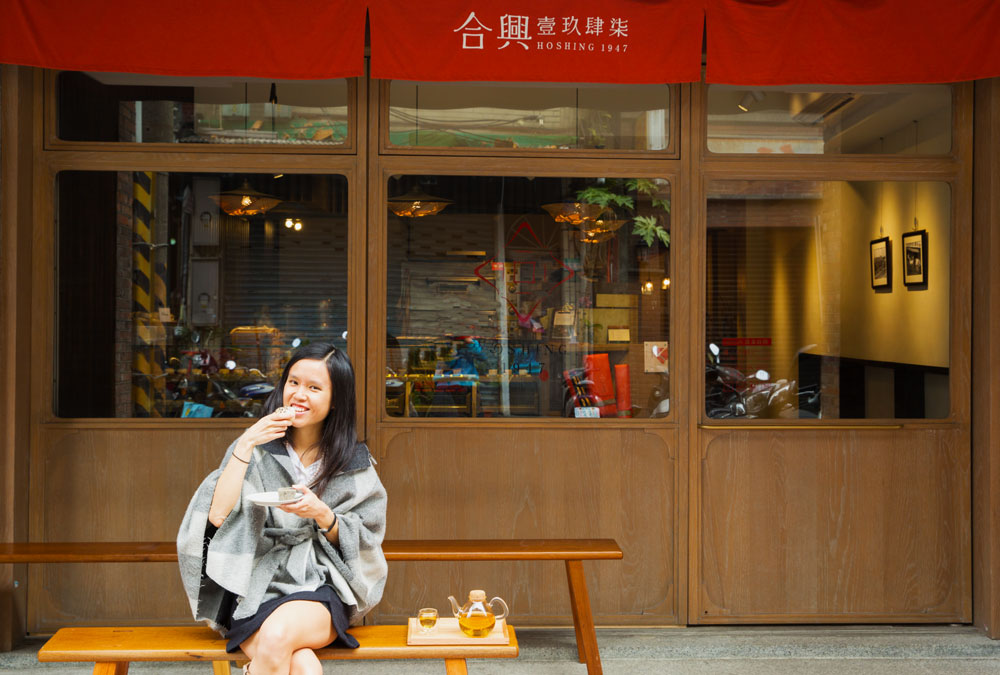
Enjoying traditional cakes
“People don’t make and eat these treats at home anymore,” the entrepreneur tells me. It explains why she tries to make her shop as homey as possible. I imagine that this is what it must have been like for Ren when she was growing up – the sounds of the cake and pastry molds being moved about, the smell of hazelnut in the kitchen – and I understand her need to savor these memories and to create them anew for the next generation of sweet treat-lovers.
Add: No. 223, Sec. 1, Dihua St., Datong Dist., Taipei City
(台北市大同區迪化街一段223號)
Tel: (02) 2557-8060
Website: www.hoshing1947.com.tw (Chinese)
Taipei Treats: Ice Monster
A big bowl of shaved ice from Ice Monster is one of the most refreshing treats one can find in Taipei on a sweltering summer day. Founded nearly 20 years ago, Ice Monster has two branches in Taipei, and shops have also been opened in mainland China and Japan. The Taipei branches use fresh, seasonal fruits sourced in Taiwan, including watermelon, pineapple, and banana, though they are best known for their refreshing mango shaved ice, a common Taiwanese sweet treat that’s especially in demand during summertime. Also on the menu are shaved-ice options with such other popular Taiwanese ingredients as adzuki bean, taro, and grass jelly. If visiting the Zhongxiao branch, plan to get there before noon, as the lines can spill to the street. The plus side while waiting, though, is that you can watch the staff prepare your shaved-ice bowl behind a long glass window.
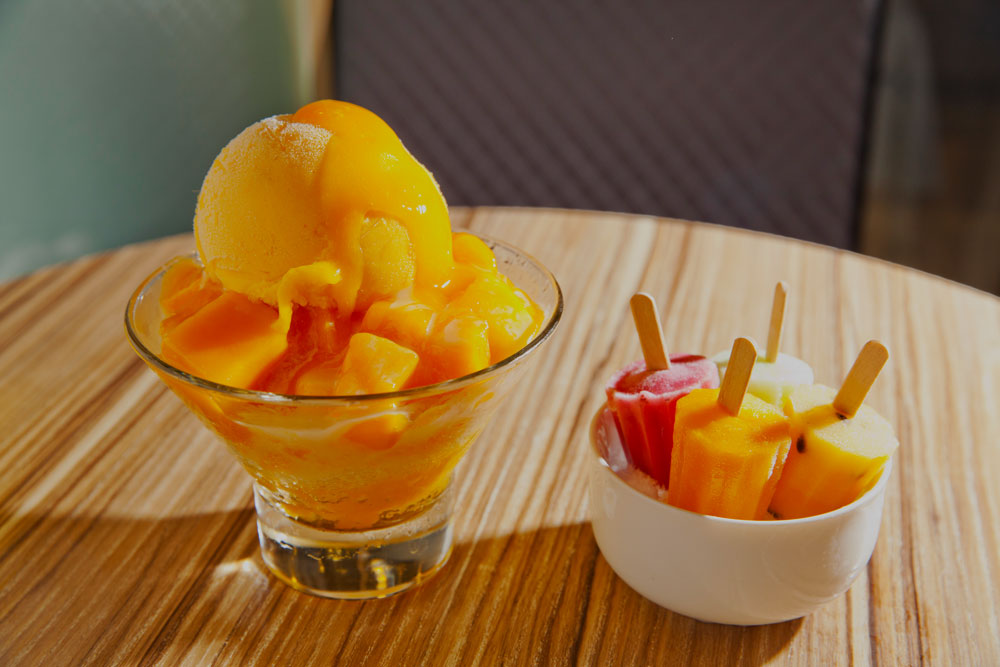
Mango ice and popscicles
Add: No. 297, Sec. 4, Zhongxiao E. Rd., Da’an Dist., Taipei City
(台北市大安區忠孝東路四段297號)
Tel: (02) 8771-3263
Website: www.ice-monster.com (Chinese)
Taipei Treats: Golden Generation
Specializing in traditional Taiwanese confections, Golden Generation has a menu that might have some foreign visitors – especially those used to chocolate and buttery treats – scratching their heads in confusion. Adzuki-bean soup, sweet peanut soup, mung-bean cakes, and glutinous-rice dumplings in sweet soup – the menu is a smorgasbord for adventurous diners who prefer glutinous and chewy sweet treats. There’s also a good mix of sweet/savory and healthy/sinful. The interior is as quirky as the menu – ingredients are displayed on shelves, and there is a designated arts-and-crafts area with walls covered with spools of yarn. Children (and adults) can take advantage of the DIY activities offered should they feel the need for a break from their confection indulgence.
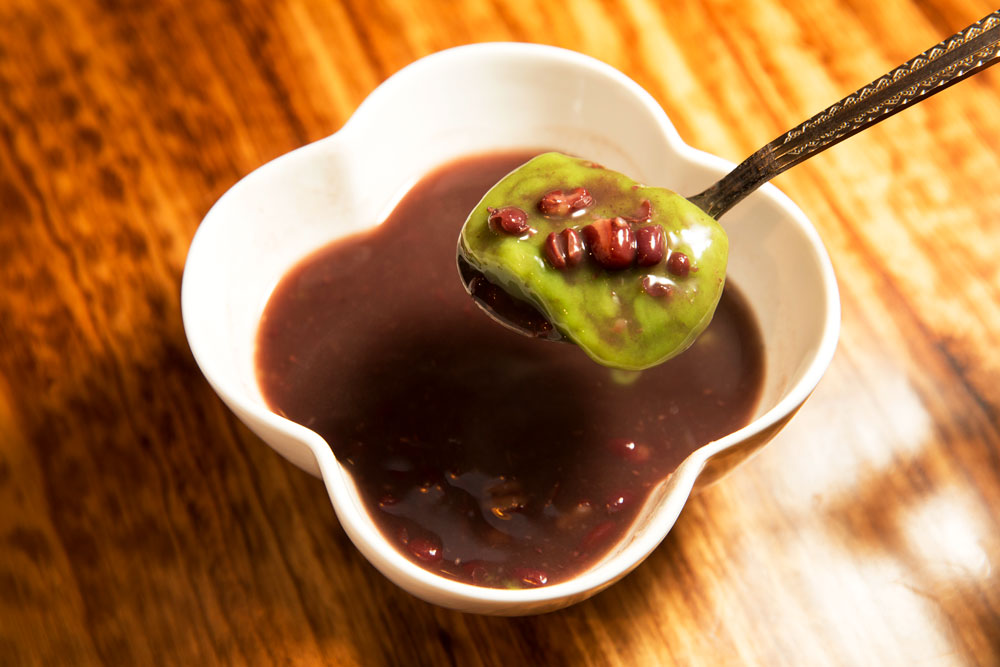
Adzuki-bean soup with dumpling
Add: No. 6, Ln. 77, Songjiang Rd., Zhongshan Dist., Taipei City
(台北市中山區松江路77巷6號)
Tel: (02) 2508-1128
Website: www.goldengeneration.com.tw
About the author



